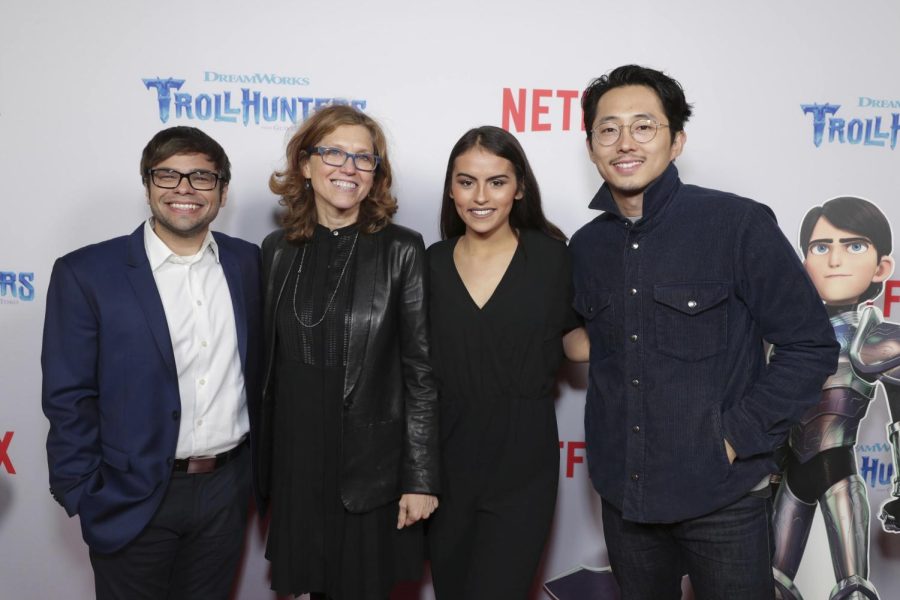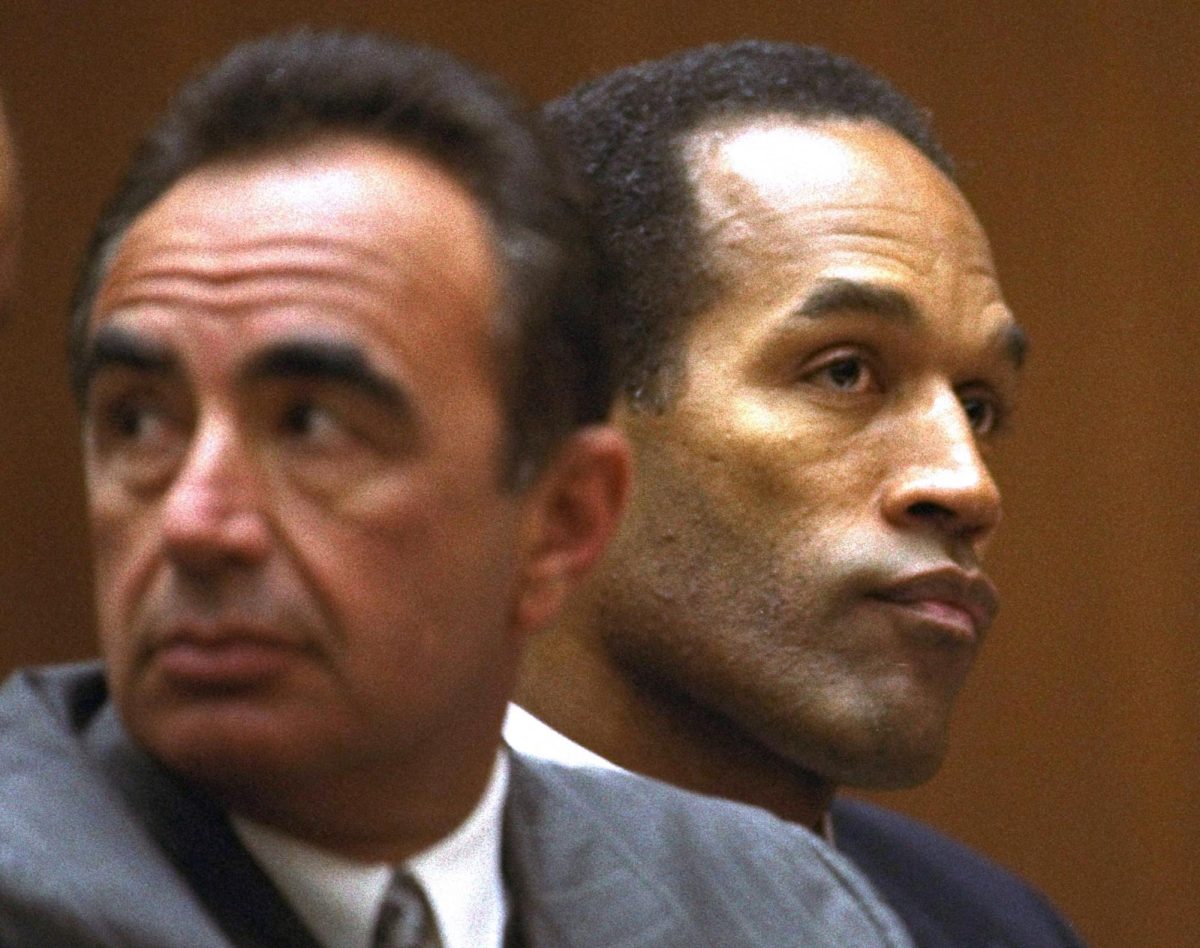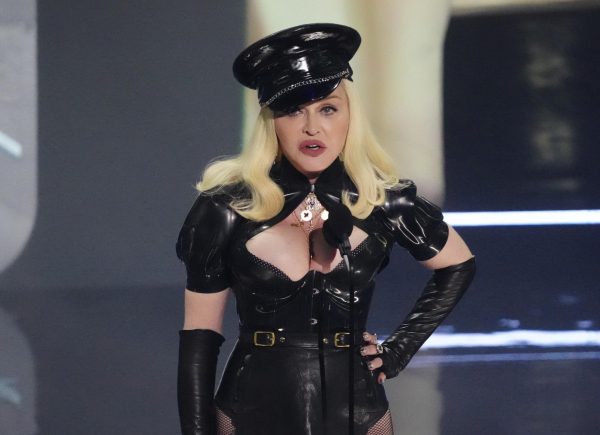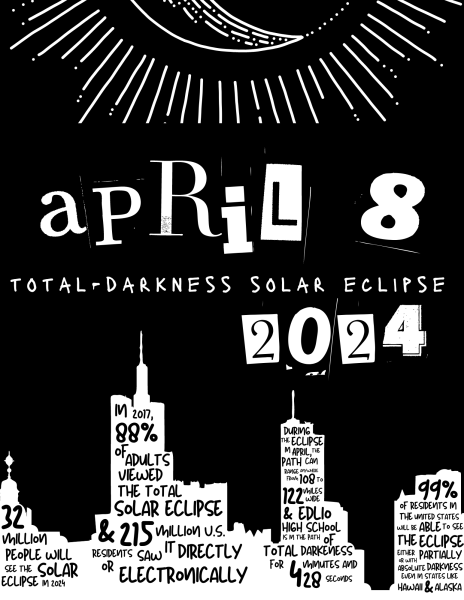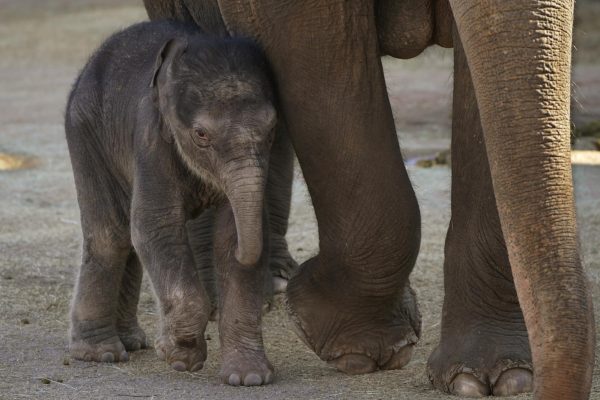The Knight in CGI Armor
Lexi Medrano, DreamWorks Animation head of Television Margie Cohn, Steven Yeun and Charlie Saxton seen at Netflix Special Screening of DreamWorks “Trollhunters” at The Grove in 2016.
April 29, 2022
Netflix was the giant, the O.G., the king of streaming. But times are changing.
Last week Netflix announced that, for the first time in 19 years of streaming, it lost subscribers in the first quarter and is projected to lose 2 million more in the second.
In the wake of that news, Netflix has offered multiple solutions to its subscriber problem from cracking down on account sharing to offering an ad-supported lower-cost subscription.
But Netflix’s most concerning potential fix is cutting animation to free up capital, an idea announced on Twitter last week that might just be the capstone in Netflix’s royal grave.
Alternatively, animation could be Netflix’s savior in these changing times.
The streaming industry is huge and growing, so a passive stance isn’t enough. Amazon does biopics. Apple does ambitious literary adaptations. Hulu does animated comedies. Each has a niche.
Netflix on the other hand, does a little of everything.
It tried book adaptations, collecting classics and even curating stream-able video games to limited success. None quite stuck as its ‘thing.’ But one thing, often overlooked but successful, stands apart in Netflix’s overly extensive repertoire: animation.
So far, Netflix occupies the entire territory of artistic animated film. “Klaus,” “Words Bubble Up Like Soda Pop,” “I Lost My Body,” “The Great Pretender.”
Each is entirely different, they’re Japanese, French, Scandinavian and American. They’re hand-drawn and CGI, anime and minimalist. The only two things that unite the pack are their unique beauty and that they’re unique to Netflix, each being funded and produced by Netflix’s animation department.
While some other great examples of serious animation exist from other streamers, like Hulu’s “Over the Garden Wall,” few are as consistent and varied.
This should be Netflix’s thing.
Animation is relatively inexpensive, as opposed to each $30 million episode of the new “Stranger Things” season according to Wall Street Journal; Netflix clearly has a huge network of capable studios and, most importantly, animation has been proven hugely profitable in recent years.
Attack on Titan, one of the most popular recent animated series, made $75 million on the last season alone, of which each episode only cost $300,000 according to CBR. It’s currently ranked the most popular show in the US by Parrot Analytics with 110 times the popularity of the average series.
Yet despite the obvious advantages, Netflix is still trying to leave animation in its warpath, another unfortunate victim of the battle of the streamers. And this isn’t new.
In the past year, “She-Ra” creator ND Stevenson has had their project shelved multiple times due to disagreements with Netflix and has come out about the long hours and bad pay in their animation studios.
While this is nothing new to the industry, with Japanese and American studios alike notorious for harsh conditions, its concerning to see from the creator who, by all accounts, should be leading the pack.
In the past, Netflix was that imperial power in the world of entertainment, but if it chooses to rule with an iron fist as the industry evolves it will lose its throne.
In a field growing as this quickly, flexibility is required. Maybe pumping out a fourth season of “Stranger Things” isn’t the answer. Perhaps Netflix should choose the cheaper, fresher and frankly more popular option and call the legions of animation into the battle at full force.


